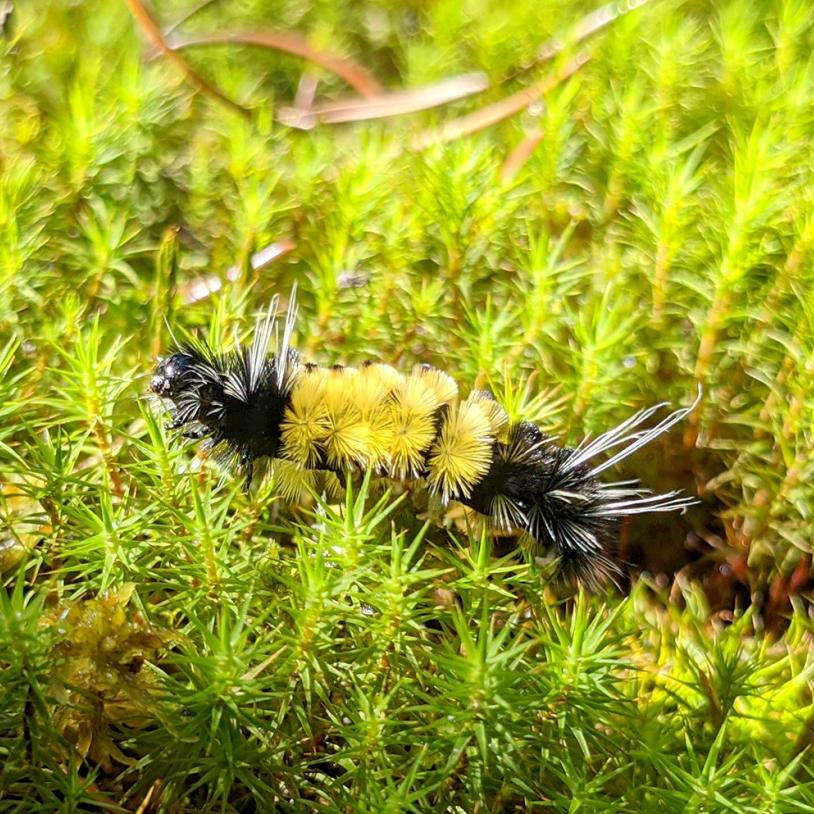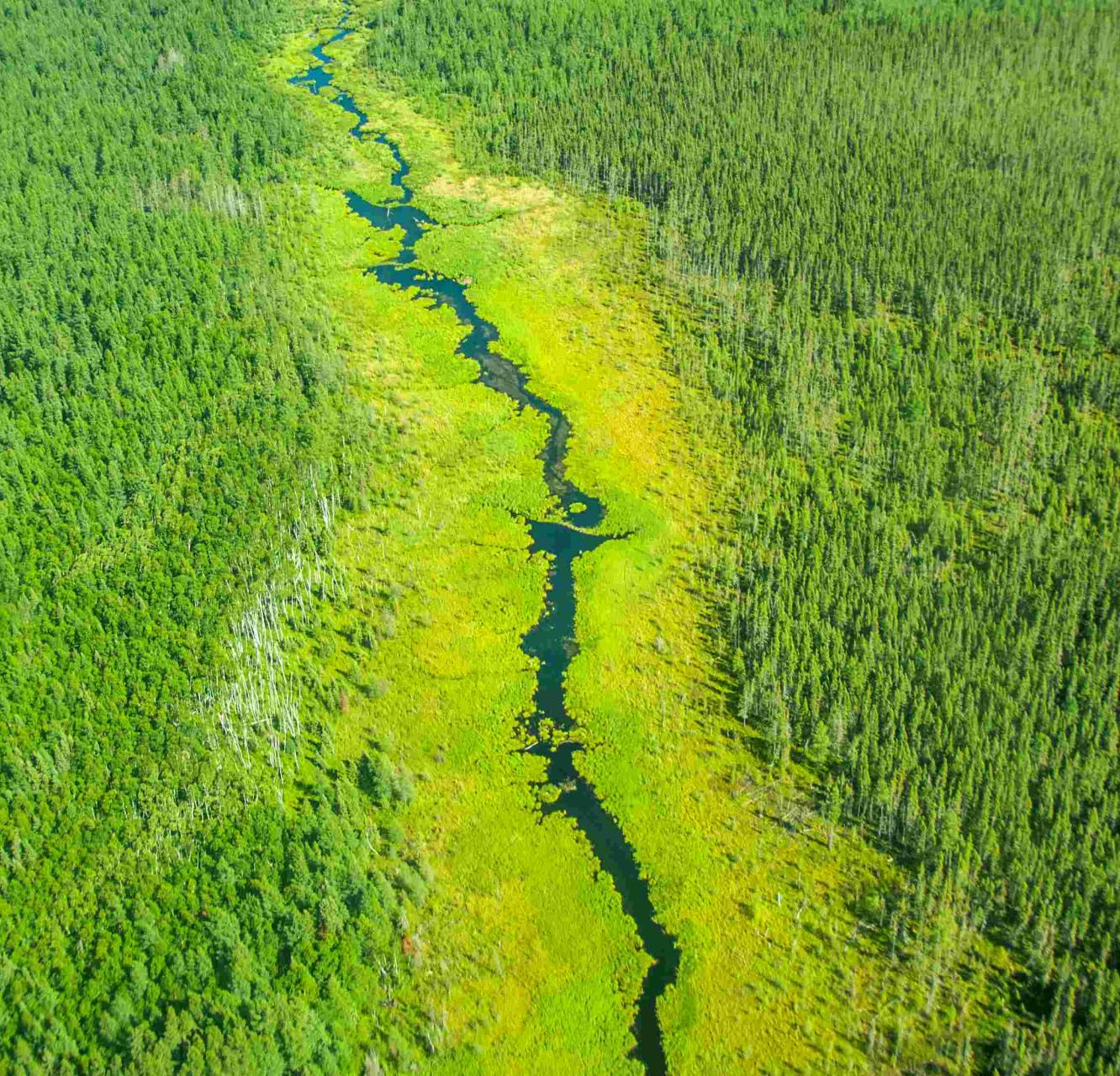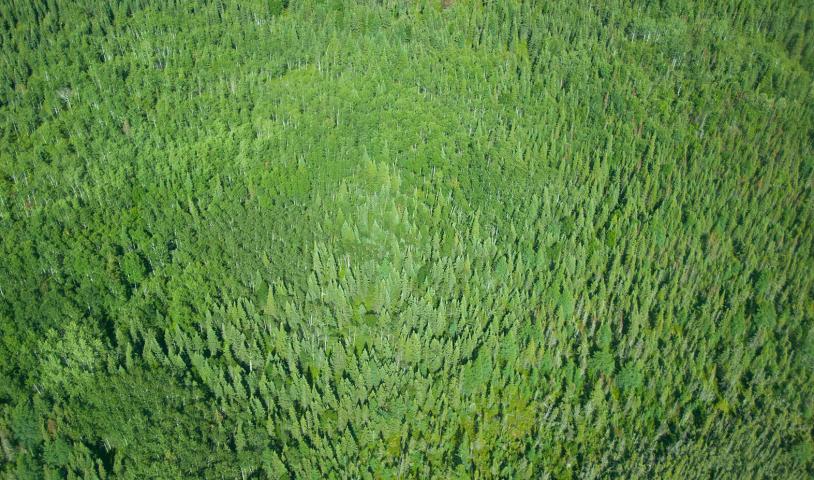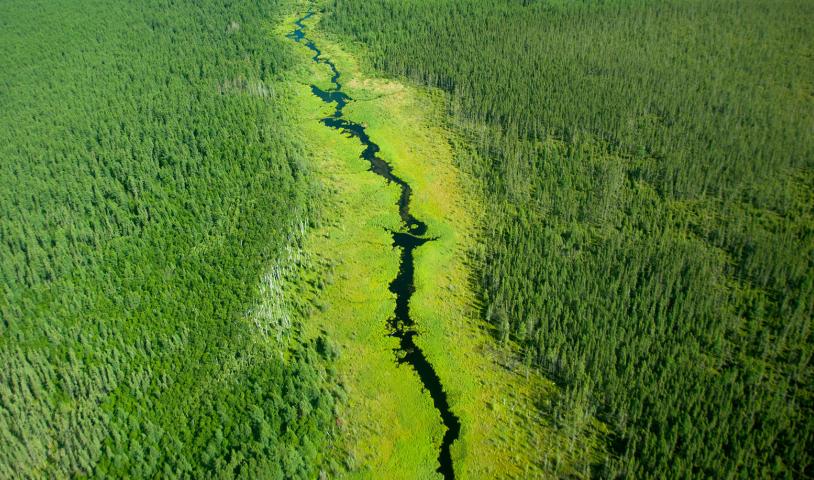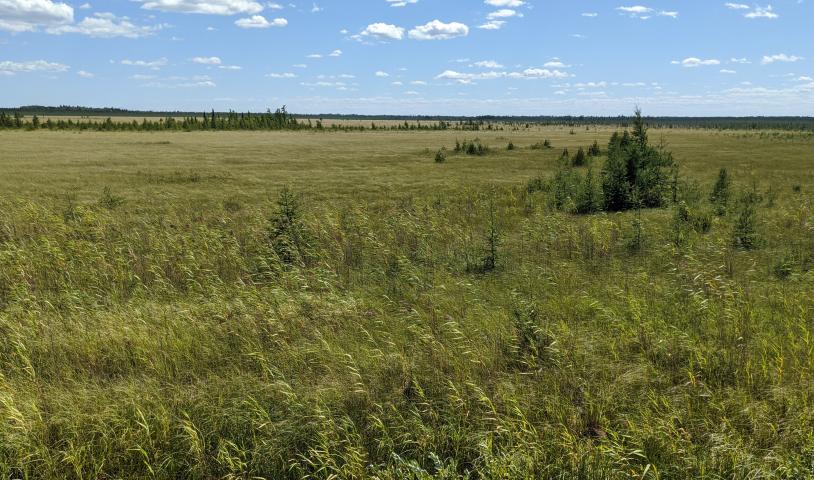New peat mine proposed despite Manitoba government's freeze on development
Friday, January 6, 2012
North America's largest peat producer is proposing a 531-hectare mine in Hecla/Grindstone Provincial Park east of Riverton, Man., - despite a provincial clampdown on new peat development.
In June, the Manitoba government announced it was ``banning the rapid expansion of peat extraction from wetlands'' as part of its Save Lake Winnipeg Act. But all the government did was to place a hold on granting quarry leases to peat producers. Those with existing leases were free to develop them.
On June 29, less than two weeks after the new law was enacted, the province granted a licence to the Canadian subsidiary of U.S.-based Sun Gro Horticulture to mine peat on 1,170 hectares of Crown land at the Ramsay Point bog west of Beaver Creek Provincial Park. Licences to mine peat were granted to two other companies near Lake Winnipeg in July.
The province is considering an application for an environmental licence from Sun Gro for a smaller peat mine, at what is known as the Hay Point bog, within Hecla/Grindstone park. Ads placed by Manitoba Conservation in several Manitoba newspapers in mid-December said public comments on the application would be accepted until Jan. 16. The province has since extended the public consultation deadline to Feb. 3.
The new peat-mining licences - particularly the one eyed for a provincial park adjacent to Lake Winnipeg - have dismayed environmentalists.
Gaile Whelan Enns, director of Manitoba Wildlands, said the licences contravene the spirit - if not the letter - of the new Lake Winnipeg law.
``Why are we mining in parks? Why would we want to do anything other than abide by the intent of the Save Lake Winnipeg Act?'' she asked.
Her group feels the province should have bought some of the quarry leaseholders out.
Peatlands act as important water filters, reducing harmful nutrients that enter the lake. Peat bogs also serve as important carbon sinks, environmentalists say. Mining them releases both carbon and methane into the atmosphere.
Ron Thiessen, local rep for the Canadian Parks and Wilderness Committee, said he was unaware of the proposed peat mine in Hecla/Grindstone. His group is advocating that large tracts of peatland be protected from development.
``In general, CPAWS believes that our parks should be fully protected areas, free from industrial activity for future generations of people and wildlife,'' Thiessen said.
Cottagers and permanent residents in Hecla/Grindstone park are also upset by the proposed mine.
Heather Hinam, who owns a home in the park, has started an online petition against the proposed development. She said it can take generations for a forest to recover once it's been mined for peat. ``It will leave a permanent scar in that area - at least permanent within my generation for sure.''
Walter Amerongen, Sun Gro's general manager of mines for central Canada, said he could not say when the Hay Point bog might be developed, noting that the company does not yet have its licence. ``It's in the draft stages. There's still a lot of work to be done on that one,'' he said of the project.
There are 201 quarry leases for peat in Manitoba. Most are clustered in the Interlake and southeastern Manitoba. Several are near Lake Winnipeg.
Chloe Burgess, manager of sustainable resource policy with Manitoba Conservation, said the province is developing a peatland management strategy. The government will solicit input from the public in late February, she said.
The province recognizes that it needs to know more about the impact of peatlands and their development, Burgess said. That's why it decided to place a hold on new quarry leases as well as the expansion of any leases, she said.
